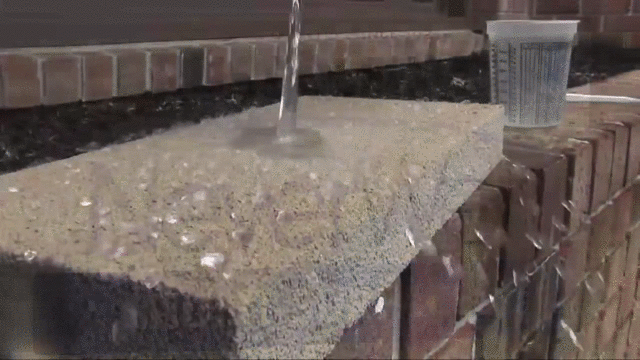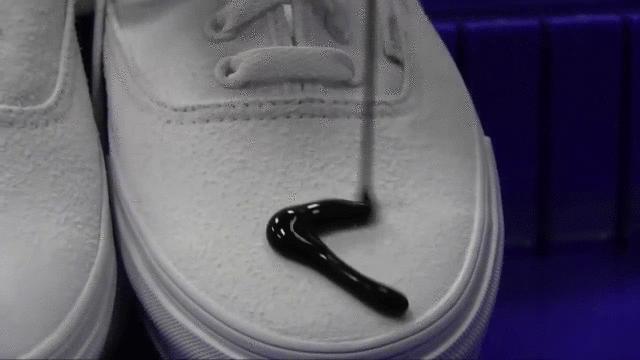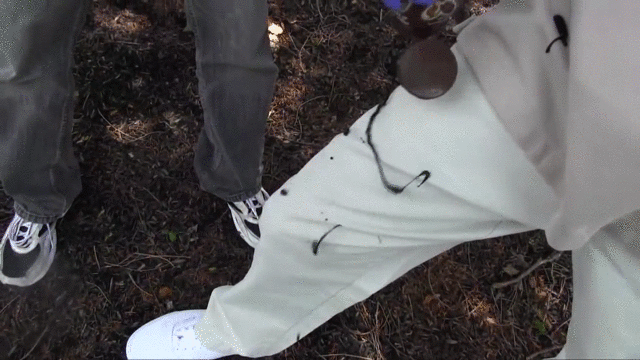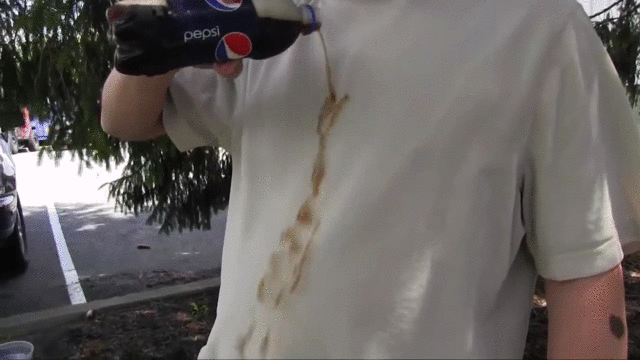Interested in a practical science experiment with limitless possibilities? Check out Rust-Oleum’s NeverWet liquid-repelling treatment.
Ferraro and Fer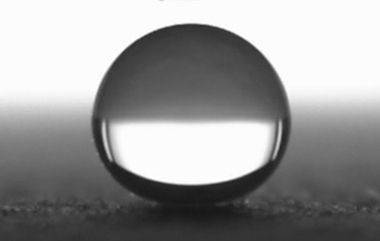 guson explained a superhydrophobic surface repels water to an extreme degree, causing the liquid to form nearly perfect spheres that essentially bounce off the surface, keeping it completely dry.
guson explained a superhydrophobic surface repels water to an extreme degree, causing the liquid to form nearly perfect spheres that essentially bounce off the surface, keeping it completely dry.
NeverWet’s protective layer and topcoat combine to form a surface that has micro scale roughness. When water comes into contact with this surface, small pockets of air become trapped between the water and the coating. This causes the water to naturally roll off the surface and away from the treated object.
Researchers have been investigating hydrophobicity and how water interacts with surfaces for hundreds of years, but scientists at Rust-Oleum and NeverWet found a way to optimize the technology in a way that can be beneficial in everyday life.
Since the release of NeverWet, people have found endless, unexpected applications for the product. Have you used NeverWet in an original way? Share your story with us at builtfromscratch@homedepot.com.
